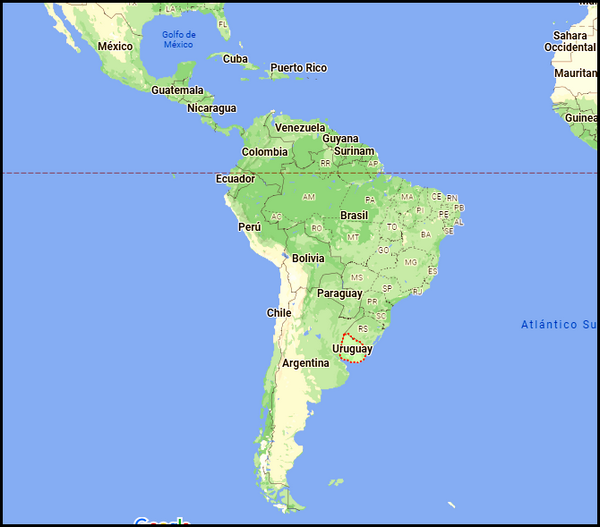
Introduction to Uruguay
Uruguay is a small South American country located on the Atlantic coast, about 2/3 down the eastern side of the continent. The compact tear-shaped country is wedged between its two much bigger neighbors, Brazil to the north and Argentina on its western and southwestern borders.
Officially known as ‘Republica Oriental del Uruguay’, it’s the second smallest country in South America. Only tiny Suriname in the far northeast is smaller.
For size comparisons, Uruguay is just slightly smaller than Washington state. It’s smaller than Spain, half the size of France and considerably smaller than Germany. On the other hand, Uruguay is twice the size of Portugal or Austria.
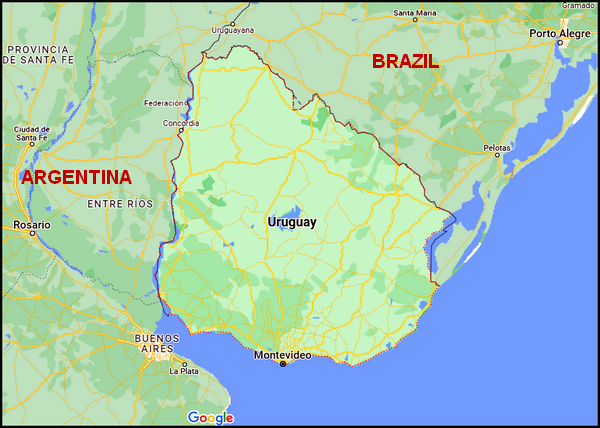
Border with Argentina
Uruguay’s long western border with Argentina is neatly defined by the narrow, winding Uruguay River. At the southeastern end it flows into the extremely broad Plata River, which further serves as border between the two countries. At that point, the Plata is so broad that it looks more like a bay in the Atlantic Ocean than a river.
On the southern side of the Plata River is Argentina’s cosmopolitan capital, Buenos Aires. On the northern side, and further east, at the mouth of the river, is Montevideo.
The two countries’ proximity makes it easy and fairly quick to cross between them by car and passenger ferries and then bus on the Uruguayan side to/from Montevideo. The whole trip between Buenos Aires and Montevideo takes about four hours.
The two amiable countries share many culutural similarities. They speak Spanish with a very distinctive ‘sh’ and ‘ch’ sounds compared to any other Spanish-speaking countries. Their citizens all love drinking mata, a regional tea blend, and eat asadas, grilled beef and lamb meals. They both have many vineyards and wine labels.
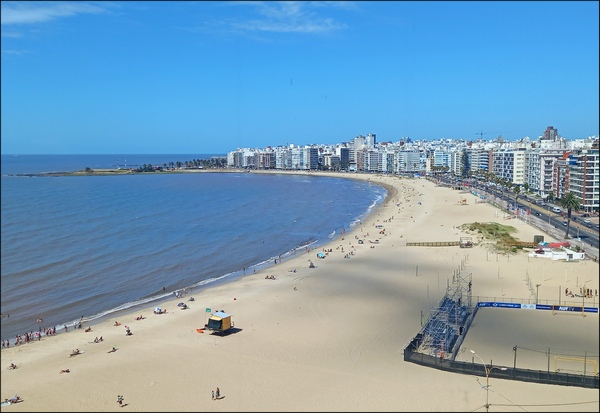
Modern-day Uruguay
Uruguay is a laid-back, relatively little-developed, safe and tranquil country. Politically, it’s considered the most democratic, as well as the most peaceful country, in South America. It has a strong economy, a stable currency tied to the $US, a high standard of living and is one of the most expensive countries on the continent. For instance, it’s considerably more expensive than it’s neighbors Brazil and Argentina.
Uruguay is also surprisingly liberal and socially progressive. Marijuana is legal. LGBT community is warmly embraced. Same sex marriages, prostitution and abortions are all legal in Uruguay, making it one of the most progressive South American countries.
Most of the country’s population lives in Montevideo, along the Atlantic coast and beside the broad Plata River. The remaining parts of the country (most of the land area) are still fairly little developed with small towns and with low populations.
Among travelers, Uruguay is most famous for its pretty, historic capital city of Montevideo; the miles and miles of gorgeous Atlantic coast beaches; and its charming little colonial towns tucked on the shores of broad Plata River.
Uruguay’s Claims to Fame
* Uruguay boasts South America’s southernmost capital city, Montevideo.
* Montevideo is also the third southernmost capital city in the world, outdone only by New Zealand’s capital, Wellington and Canberra, Australia.
* Uruguay was the first South American country to legalize marijuana.
* It’s considered the most democratic country on the continent.
*Uruguay is the only South American country that lies entirely below the Tropic of Capricorn.
* Uruguay is rated as having the best quality of life in South America
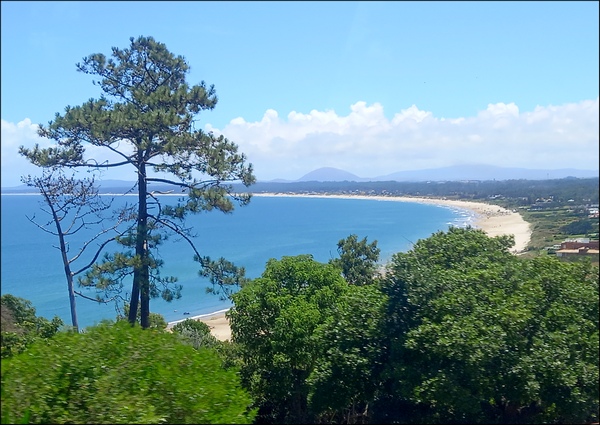
Geography of Uruguay
Uruguay is composed mostly of flat lands and with very low, rolling hills. There are also two higher interior hill ranges, but they’re not very high, topping at 514 M / 1686 ft at Cerro Cathedral.
There’s a lot of water in the country. To start with, Uruguay has 660 km / 410 miles of Atlantic coast, plus an equally-long coast along the broad Plata River and an even longer area beside the Uruguay River, bordering Argentina.
Besides those main bodies of water, there are four major river arteries passing through the small country. They all drain into one of the two major rivers or ocean. There are also many coastal lagoons and some inland lakes.
Uruguay has 10 national parks, vast savannahs, various forests and a lot of agricultural and ranch lands. One of the country’s greatest assetts is its miles and miles of pristine golden-sand beaches along the Atlantic coast. They attract people vacationing from all over the word, but especially from nearby Brazil, Argentina and Chile.
Climate of Uruguay
Uruguay has a relatively mild year-round climate and is located completely within the southern temperate zone. Most of the country officially has a humid subtropical climate (think Florida).
Along the Atlantic coast, ocean breezes temper the heat in summer. However, summer temperatures in Montevideo can get into the 90s F / mid 30s C, and occassionally hit 100 F / 37C or more. Winters are cold, but not freezing.
Brief Pre-Columbian History
In Uruguaya there are traces of human inhabitation as far back as 10,000 years (about 8000 BC). Over the centuries there were several different hunter-gatherer tribes, mostly originating from Brazil.
In the early 1500s, when the Spanish and Portuguese colonizers arrived, there were several thousand members of two or three tribes living in the region. The Europeans eventually wiped out the remaining tribes through disease and genocides.
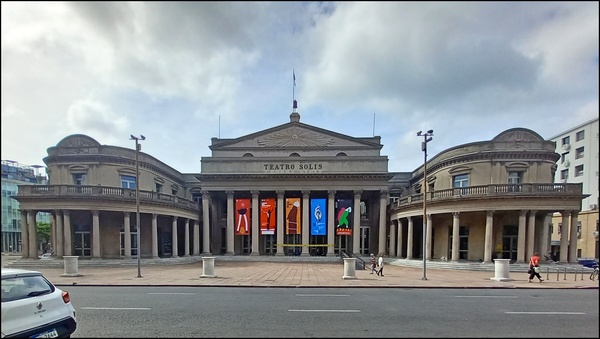
Brief Colonial History
Like most South American countries, Uruguay was colonized by the Spanish. But like Brazil, it was also colonized by the Portuguese. Not surprisingly, the Spanish and Portuguese ended up fighting it out for control of the region.
Initially, the region now known as Uruguay was called Banda Oriental and used as a buffer territory between Portuguese in Brazil to the north and Spanish across the Plata River to the south. Eventually the Portuguese established a town on the banks of the river, called Colonia de Sacramento in 1680. Then the Spanish established a city at Montevideo, also on the river to the east.
Compared to many other places around South America, the region of Uruguay was not settled or exploited much, due to its lack of gold, silver or other valuable assetts. Eventually the land was mostly converted into cattle and sheep ranches, for which it was well suited, due to its flat land, low rolling hills and mild climate.
In the 1800s there were ongoing disputes between the Portuguese, Spanish, local colonial residents and also the British over control of the Plata River basin because of international trade routes.
In 1810 Buenos Aires gained its independence from Spain, thus sparking similar hopes over in Montevideo. They managed that in 1811. However, due to ongoing disputes between the various regional / colonial powers, Uruguay did not gain its full independence until 1830, nearly 20 years later.
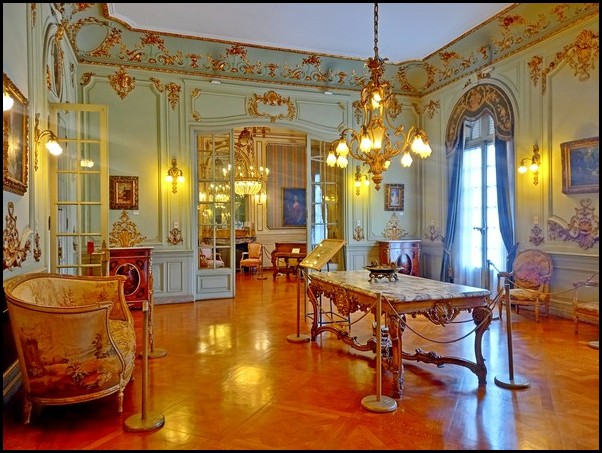
Montevideo
Uruguay’s capital was established in 1724 by the Spanish as a fortress city. Within a few years it had already become one of the main cities in the region, competing with Buenos Aires, across the river, as a trading port. In 1779, it also became the Spanish naval base in the South Atlantic.
The early 1900s saw massive immigrations to Montevideo from Italy, Spain and central Europe. Also many local natives and former African slaves settled in the city. It became a huge international melting pot, major port and commercial center.
In the late 1800s and early 1900s, Montevideo was particularly prosperous. It was an important port city up until the Panama Canal was completed in 1904. Many properous families built huge, lavish homes called Palaces.
Nowadays, Uruguay’s capital is a fairly large, modern city with a population of about 2 million, by far the largest urban area in the country. Since the entire population of Uruguay is about 3.5 million, more than half the population lives in the capital. It’s still the country’s main port and center for higher education, politics and commerce.
Most of the sprawling city consists of non-descript modern buildings, but there’s a decent-sized historic district filled with dozens of blocks full of beautiful historic homes and buildings.
The intriguing historic district also has large elaborate government buildings, port buildings, a historic Victorian-style market building and more modest, but still archtiectually-rich historic houses. Several of the grandest ‘palaces’ have been preserved as museums, such as the former home of Ortiz de Taranco family, now the Museum of Decorative Arts.
Montevideo also has several large shady parks, very popular city beaches backed by soaring skyscrapers and a long coastal pedestrian-cycling walkway.
In 2018 Montevideo was ranked as a beta global city, meaning it’s an important regional economic center tied into the global economy. For such a tiny, relatively-little-known country, its capital is surprisingly cosmopolitan, prosperous and diverse.
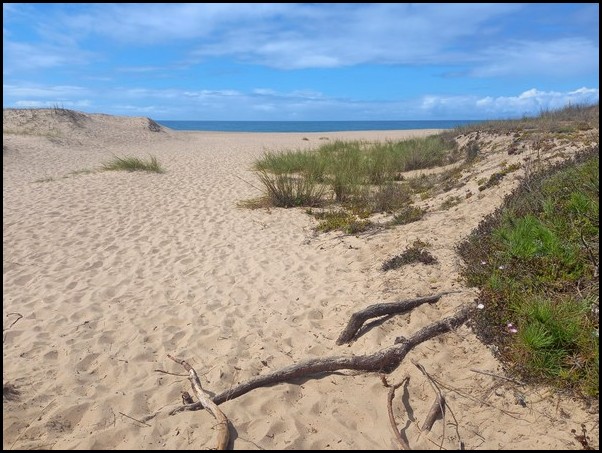
Uruguay’s Atlantic Coast Beaches
In terms of tourism, Uruguay’s main claim to fame is its spectacular beaches running for hundreds of miles along the Atlantic coast, east of Montevideo. There are beaches for every type of visitor, from beaches backed by long lines of soaring glass skyscrapers in Punta del Este city to the more low-key, but rather crowded beaches of quaint, upscale San Ignacio town to completely wild, undeveloped beaches backed only by dunes and forests.
As noted above, Uruguay’s Atlantic coast runs for 660 km / 410 miles gradually curving northward to the Brazilian border. Beaches are scattered along the entire coast, starting from Montevideo.
There are also several tiny towns, a series of large lagoons and small national parks and protected areas, where many species of birds thrive.
Not surprsingly, the further away from Montevideo you go, the more natural and less developed the beaches and small towns are. Buses run from Montevideo as far east as San Ignacio and Laguna Garzon. Beyond that, private cars are required to access the remaining coast.
The largest developed area and main tourist beach city is Punta del Este, much like a tiny Waikiki, lined by dozens of tall skyscrapers and filled with restaurants, bars, shopping, nighlife, big hotels, casinos and other tourist trap attractions.
But just a few miles down the road, the coast becomes considerably less developed. There are miles and miles of long nearly-empty beaches backed by grassy-tufted dunes and dense forests.
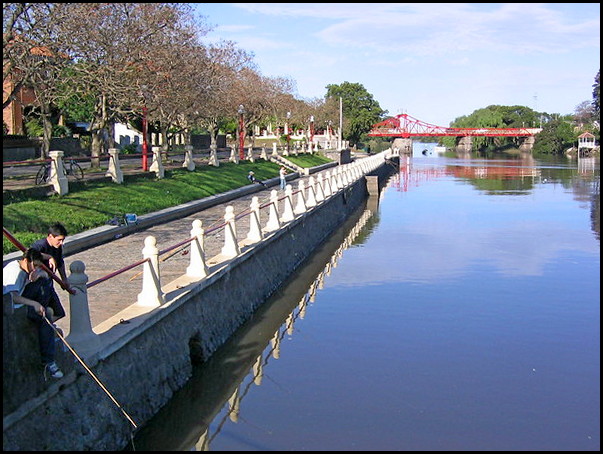
Towns along Uruguay and Plata Rivers
Heading in the opposite direction from Montevideo, northward along the River Plata and then Uruguay River, there are several tranquil historic riverside colonial towns.
Most iconic is Colonia de Sacramiento, the region’s oldest town. As noted above, it was established by the Portuguese in 1729 and is still full of many original colonial homes, shops and government buildings.
It’s also the main port for ferrries between Uruguay and Buenos Aires, so most visitors arriving from Argentina pass through Colonia en route to Montevideo or towns further north.
Another charming colonial favorite is Carmelo, located about one-hour drive north of Colonia on the banks of the Uruguay River. The region around Carmelo is primarily agricultural, especially renowned for its vineyards and ranches.
There’s a lot of tourism in this region as well, with a good selection of upscale wine hotels, ranch lodges called ‘estancias’ and other small boutique hotels. Visitors go to enjoy the tranquil country life, fresh grilled meats and locally-produced wines. They also can enjoy boating and fishing on the river.
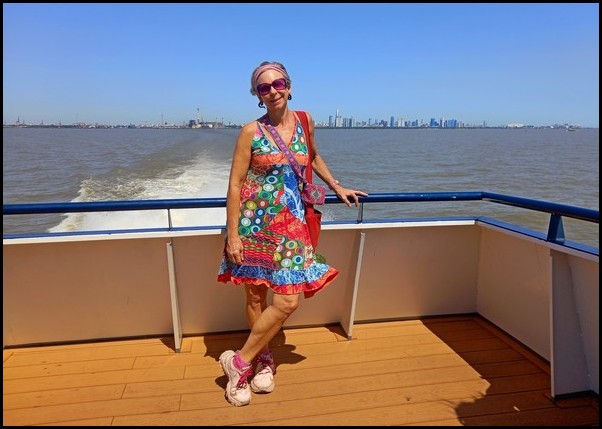
Summary
Uruguay is a laid-back, safe South American country that is surprisingly modern, liberal and prosperous. Although expensive, it’s a great country to visit, particularly for its glorious Atlantic coast beaches, charming riverside towns and the historic district of its capital city, Montevideo.
==============================
You might also like:
11 Interesting Facts About Argentina
12 Interesting Facts about Chile
================================







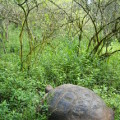
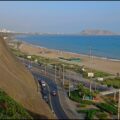
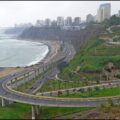


 Hi! I'm Lash, an American nomadic world traveler who's been traveling solo since 1998. I’m passionate about traveling the world nomadically and then sharing it all with you. I hope to inspire you to travel the world, to entertain you with tales from the road, and to help you reach your travel dreams. Welcome!
Hi! I'm Lash, an American nomadic world traveler who's been traveling solo since 1998. I’m passionate about traveling the world nomadically and then sharing it all with you. I hope to inspire you to travel the world, to entertain you with tales from the road, and to help you reach your travel dreams. Welcome! 




5 pings
10 Things Distinctly Argentinian - LashWorldTour
2023/04/13 at 6:20 am (UTC 8) Link to this comment
[…] « Introduction to Uruguay […]
Introduction to Paraguay - LashWorldTour
2023/05/02 at 7:51 am (UTC 8) Link to this comment
[…] Introduction to Uruguay […]
10 Surprising Facts about Paraguay - LashWorldTour
2023/05/11 at 7:42 am (UTC 8) Link to this comment
[…] Introduction to Uruguay======================== […]
LashWorldTour 2023 Travels in Review - LashWorldTour
2024/01/14 at 12:00 am (UTC 8) Link to this comment
[…] Uruguay is a small, little-populated country that lies along the Atlantic Ocean, Rio de la Plata and the Uruguay River. It’s safe, mostly rural but very well-developed in urban areas, and surprisingly expensive. Uruguay is most famous in the region for its stunning Atlantic beaches and is visiting in droves by vacationers from Argentina and Chile, in particular. […]
20 Highlights of my travels in 2023 - LashWorldTour
2024/01/21 at 10:53 am (UTC 8) Link to this comment
[…] small coastal country of Uruguay is situated just across the broad river, Rio de la Plata, from Buenos Aires, Argentina. I took a […]